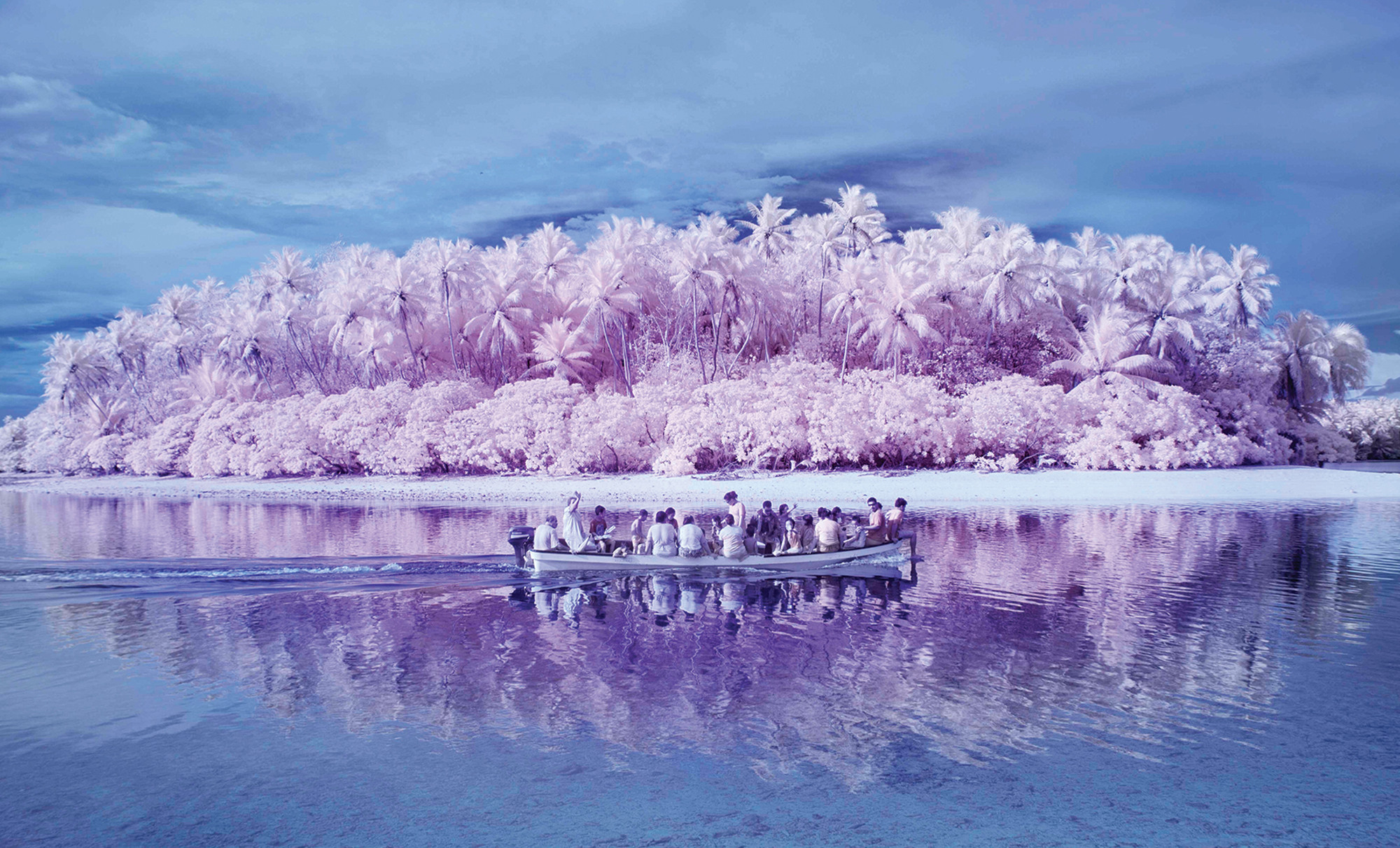
Stories are shaped by the medium used to tell them. Filmmakers in particular can take advantage of a variety of different techniques and technologies to tell their stories visually and auditorily. As new technologies are developed so too do the creative possibilities change.
It is disputed exactly how long virtual reality as a concept has existed, though it stretches back at least to 1935. It has only gained traction as an artistic medium more recently, with film festivals the world over seeing an influx of VR films from independent creators and studios like RYOT. These films range from documenting the ancient Mongolian art of hunting with eagles to providing first-hand looks into the situation at Standing Rock and Aleppo.
We looked at one such film not long ago, but these few examples barely touch the surface of the possibilities that VR offers to storytellers. This list contains ten such films that demonstrate the capacity of VR films to tell stories that are both intimately personal and universally beautiful.
Above: Virtual reality films can allow us to see new worlds, or the world we know through new eyes.
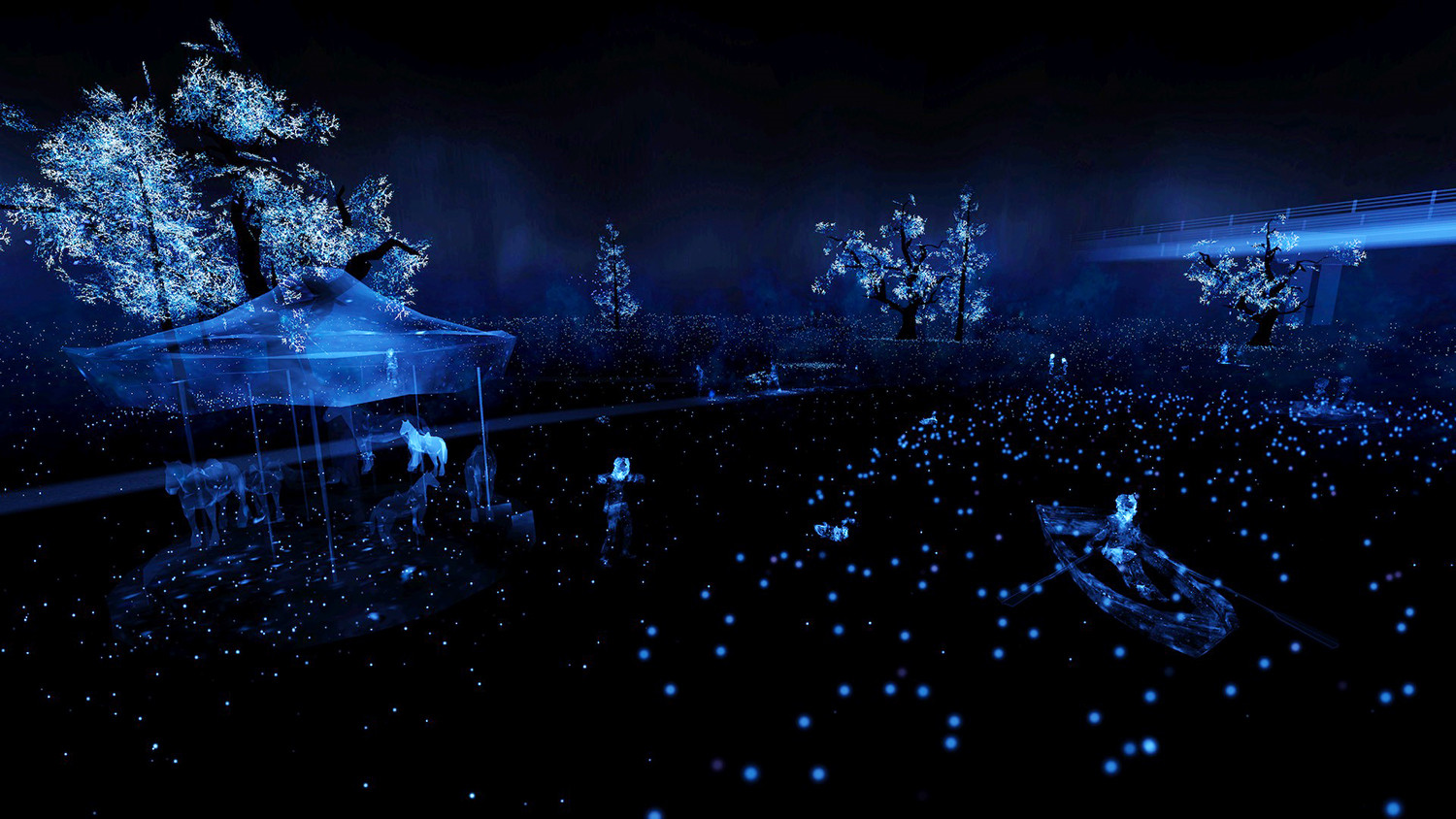
Hull’s audio diaries paint a picture of his acoustic world.
Notes on Blindness: Into Darkness
Arguably no film better showcases some of those possibilities than “Notes on Blindness: Into Darkness.” It is part of a multimedia storytelling process that ties-in to a novel and film of the same name which is intended to depict the acoustic world of the visually impaired to an audience who can see unimpaired.
In 1983, writer John M. Hull began to record the sensation of losing his sensitivity to light through a series of audio cassettes. In 1990 he published his diaries under the title “Touching the Rock: An Experience of Blindness.” Then in 2016 filmmakers Peter Middleton and James Spinney used Hull’s audio recordings in documentary about his time coming to terms with his blindness.
“Notes on Blindness: Into Darkness” takes that experience a step further. It “explores a new perceptual world” using Hull’s audio and the concept of acoustic space to paint a picture of the world around the viewer. In addition to his work as a writer, Hull was a theologian. He describes this acoustic world in terms both simple and philosophical, and the visuals of “Notes on Blindness: Into Darkness” perfectly compliment these.
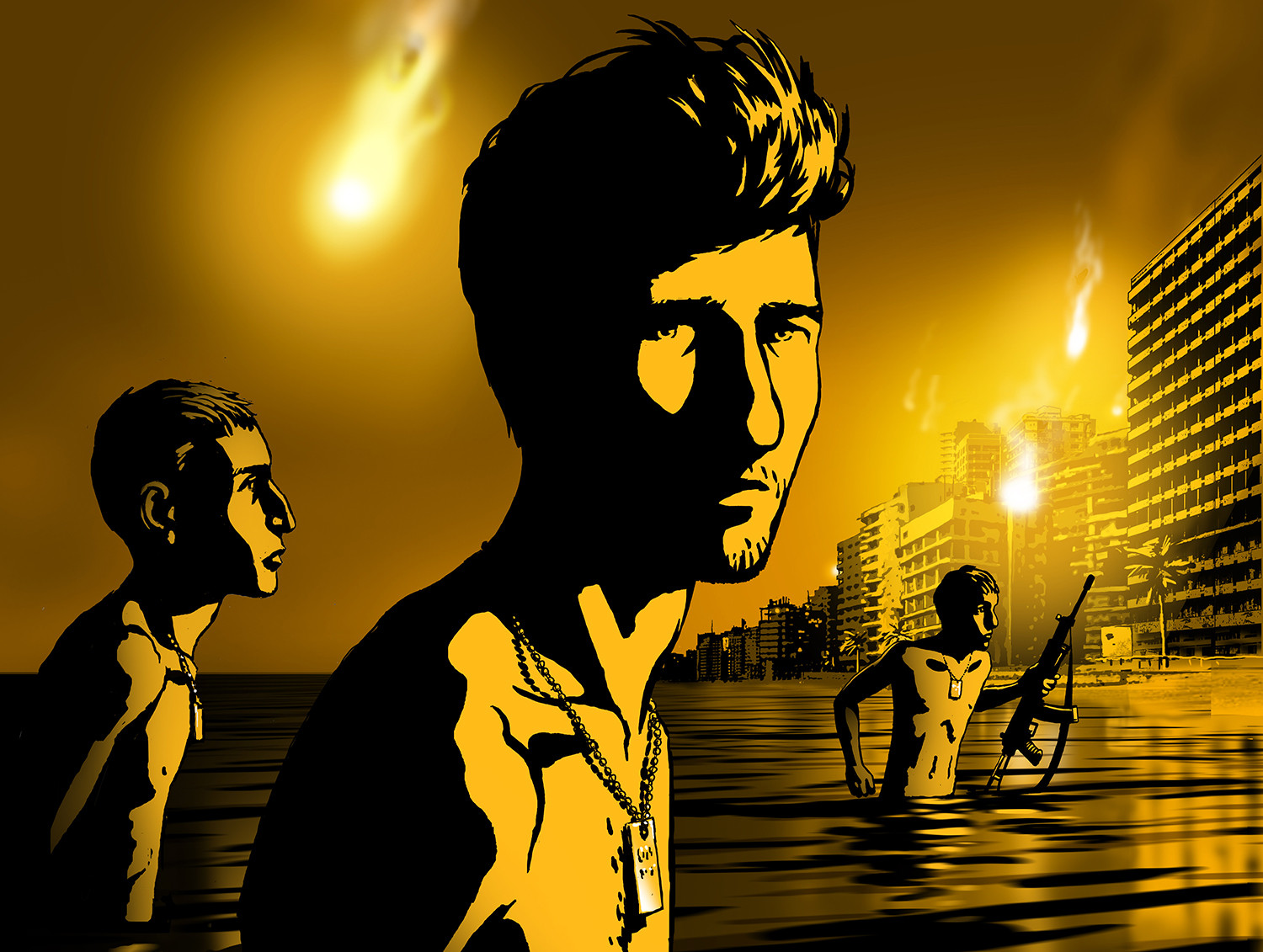
Masaama’s unbroken optimism is given animated life.
Bashir’s Dream
Like “Notes on Blindness: Into Darkness,” “Bashir’s Dream” is a film that uses virtual reality to explore disability. It is a documentary that combines live footage of 14 year-old Qusai Bashir Masaama with animation created by filmmaker Angel Soto and animator Fernando Rodriguez to depict both his past and the world of his dreams.
A Syrian refugee living in Jordan, Masaama was paralyzed from the waist down four years ago when he was shot by a sniper while out to buy candy. He narrates how the first person who came to help him was shot in the head by the sniper, and recounts how much blood was in the car when his father arrived to bring him to the field hospital. Despite his injury, Masaama still dreams of travelling to the West to go to school, and to receive better treatment for his injury. He wants to play basketball again.
After hearing Masaama’s story, Soto was struck by his “childlike mentality of life.” Rodriguez’s animation captures this mentality and creates a world in which Masaama is limited by neither a wheelchair nor the stratosphere.
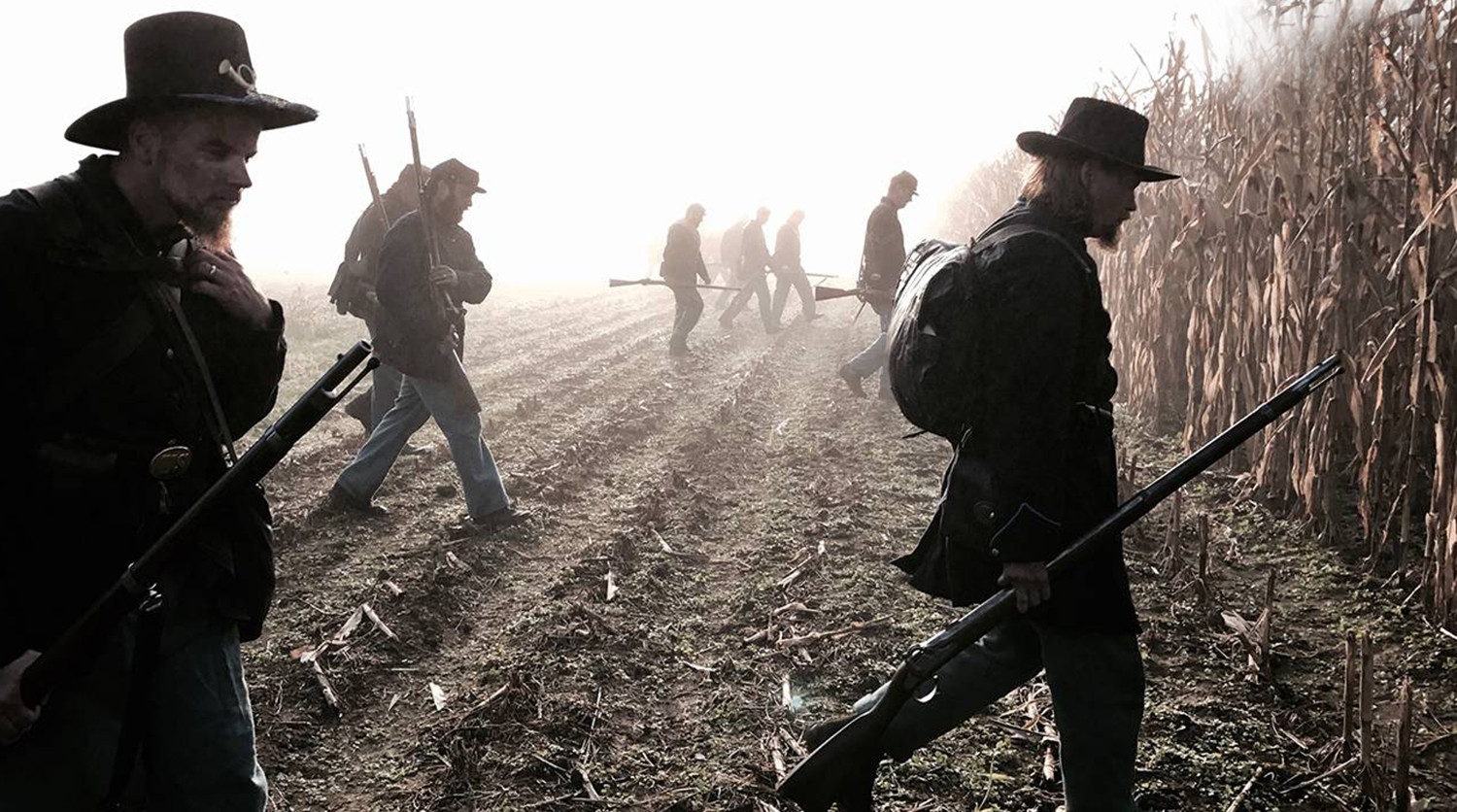
Stories showing the loss of both sides of a conflict are especially relevant today.
My Brother’s Keeper
“Bashir’s Dream” is not the only film on this list that examines the traumatic effect that war has on the young. Inspired by the PBS drama “Mercy Street,” “My Brother’s Keeper” is a ten minute film set on the battlefield of Antietam during the American Civil War. It follows two brother who, through the unexpected twists of life, find themselves on opposing sides of the war. As the battle unfolds literally all around the viewer, they are given flashbacks into the two brothers’ lives up until this point, to understand how they came to such a horrible situation.
Antietam was the bloodiest single-day battle in American History, and while the events of the film are fictional they are based on historical accounts of brothers who actually fought on opposite sides during the war. The film does not look at the reasons for why the war is fought, instead focusing on the personal impact that resonates though these brothers’ experience. They fight for the North and the South, but their politics are not the focus.
While the film may not have anything new to say about the subject matter, the presentation creates a tangible emotional impact. The short length and intense action make this especially worth repeat viewings.
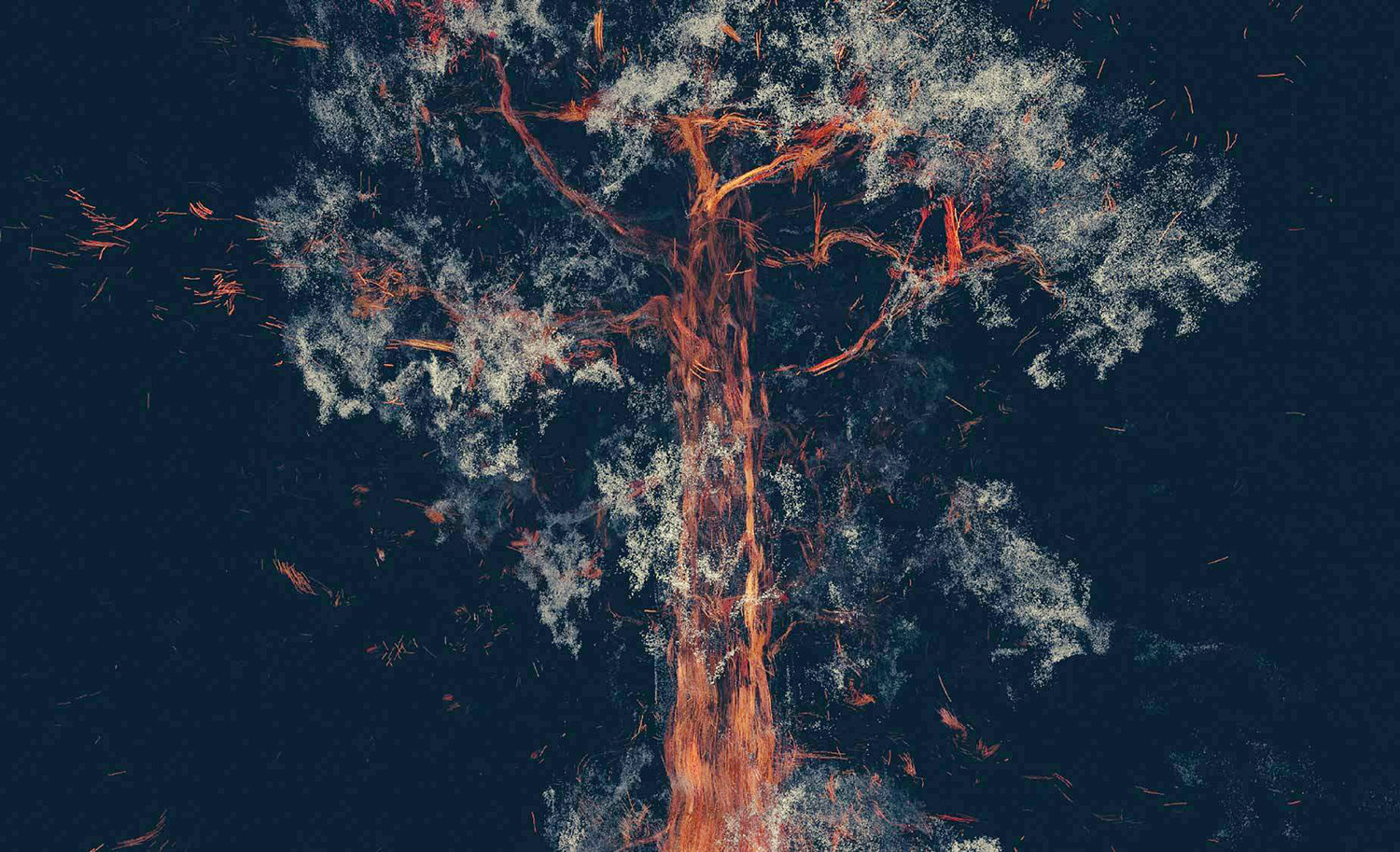
“Treehugger Wawona” uses VR to make its audience empathize with nature.
Treehugger Wawona
Where “My Brother’s Keeper” focuses on historical realism, “Treehugger Wawona” is an interactive sensory experience. When viewed as originally intended, it utilizes a VR headset, a Subpac wearable bass backpack, and a large foam model that the audience can touch to convey the experience of actually hugging an enormous and ancient redwood tree.
In the twisting strands of light and pulsating bass developers Marshmallow Laser Feast aim to use technology to let people reconnect with nature. “Treehugger” not only feels like you are touching a tree, it feels like you are part of it.
Though it is called a VR film, “Treehugger” feels like it is a project from game studio ThatGameCompany, who produced the indie hits “Flower” and “Journey.” It is an interactive experience, though not necessarily a narrative one. And unlike those games, “Treehugger” can only be properly viewed at certain festivals due to the required technology. Still, if the opportunity to see “Treehugger Wawona” does present itself it should not be missed.
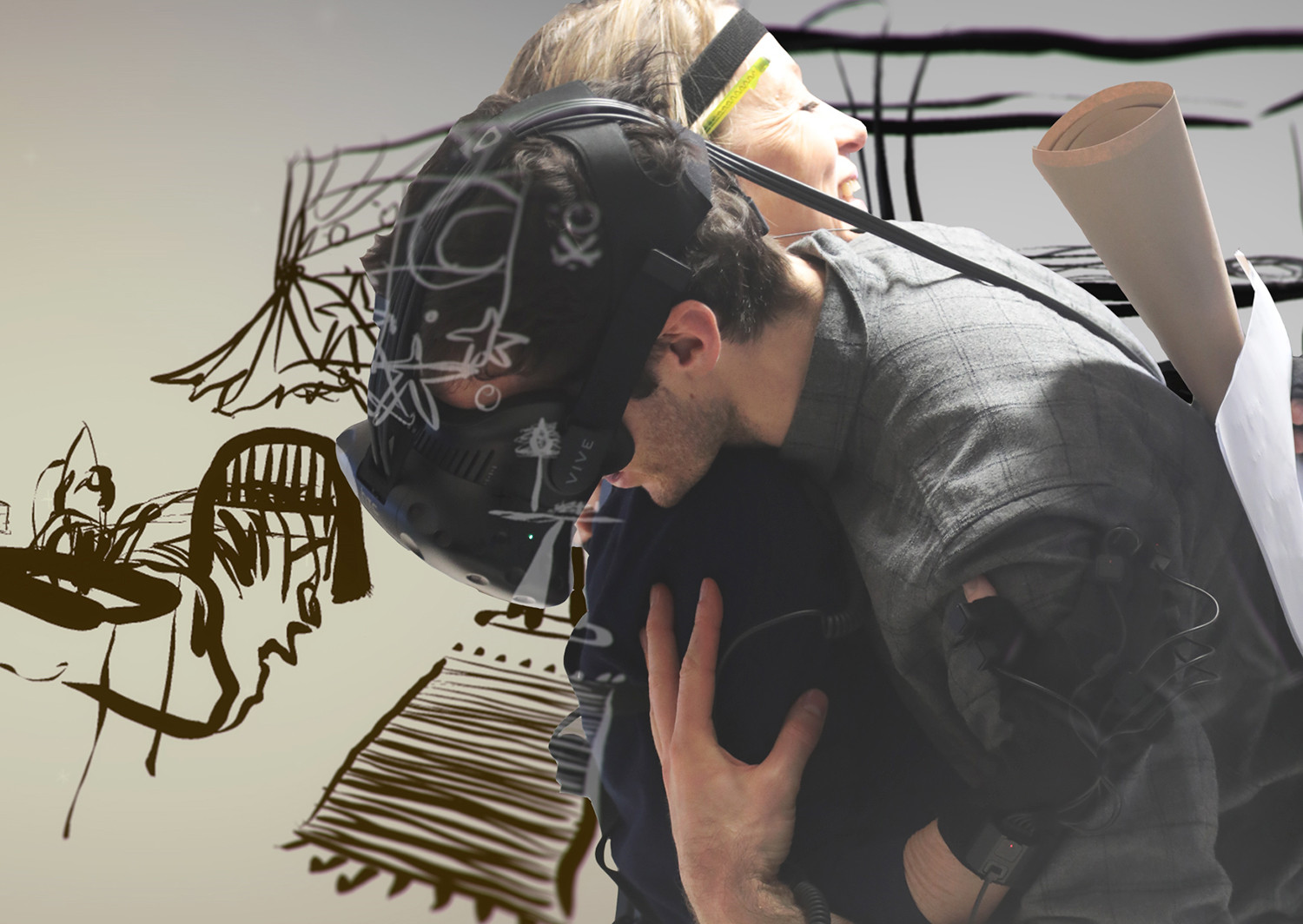
See through the eyes of five-year-old Tannahill in this marriage of film and theatre.
Draw Me Close
Virtual reality technology is good for hugging more than trees, though. “Draw Me Close,” was created by Jordan Tannahill, one of the most important figures in Canada’s independent theatre scene; part memoir, part animated film, and part live theatre, it relives Tannahill’s experience as a five-year-old with his mother following her terminal cancer diagnosis.
The viewer is given a headset and a Vive tracker on each hand. They enter a room with the same base structure as the one in the film and interact with an actor outfitted with motion capture technology. She plays Tannahill’s, and the viewer’s, mother. The viewer interacts with her as Tannahill narrates the experience.
The film’s animation has a rough, hand-sketched quality which fits the idea that this is a child’s memory of hugging his mother, of her tucking him into bed (which does involve a real bed). Through these fairly simple interactions, Tannahill explores quintessentially human challenges surrounding mortality. It’s difficult to put into words exactly what “Draw Me Close” feels like without experiencing it firsthand, which is probably the best indication that it has achieved something truly unique.
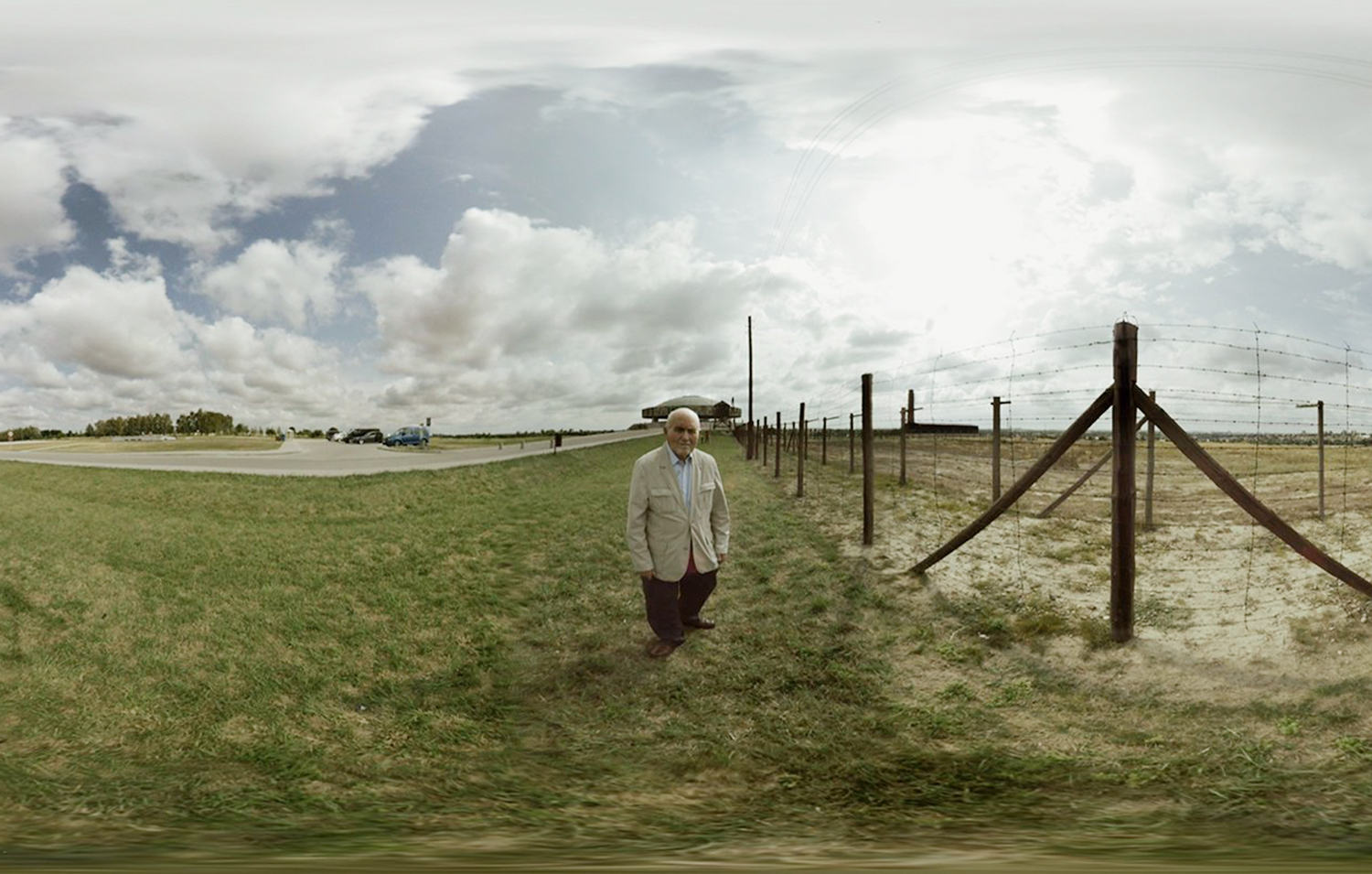
In “The Last Goodbye” Pinchas Gutter shares his story of loss and survival.
The Last Goodbye
Like “Draw Me Close,” “The Last Goodbye” explores human mortality, albeit on a much larger scale. Pinchas Gutter is a survivor of Majdanek, a concentration camp in Nazi-occupied Poland. In this film he returns to that place one more time to serve as the audience’s guide.
While Gutter has returned to Majdanek over a dozen times, he vows that this will be his final pilgrimage. The site of the camp is mapped onto a three-dimensional space so that the viewer can examine different parts of the room during Gutter’s testimony. The idea is to create an immersive historical experience where the viewer is able to experience the world in their own unique way. Gutter recounting the murder of his family, that he can no longer remember the face of his twin sister, in concert with the use of space are what really elevate this piece.
It would take very little for a VR film about the holocaust to veer into being an insensitive gimmick. “The Last Goodbye” deftly avoids that pitfall.
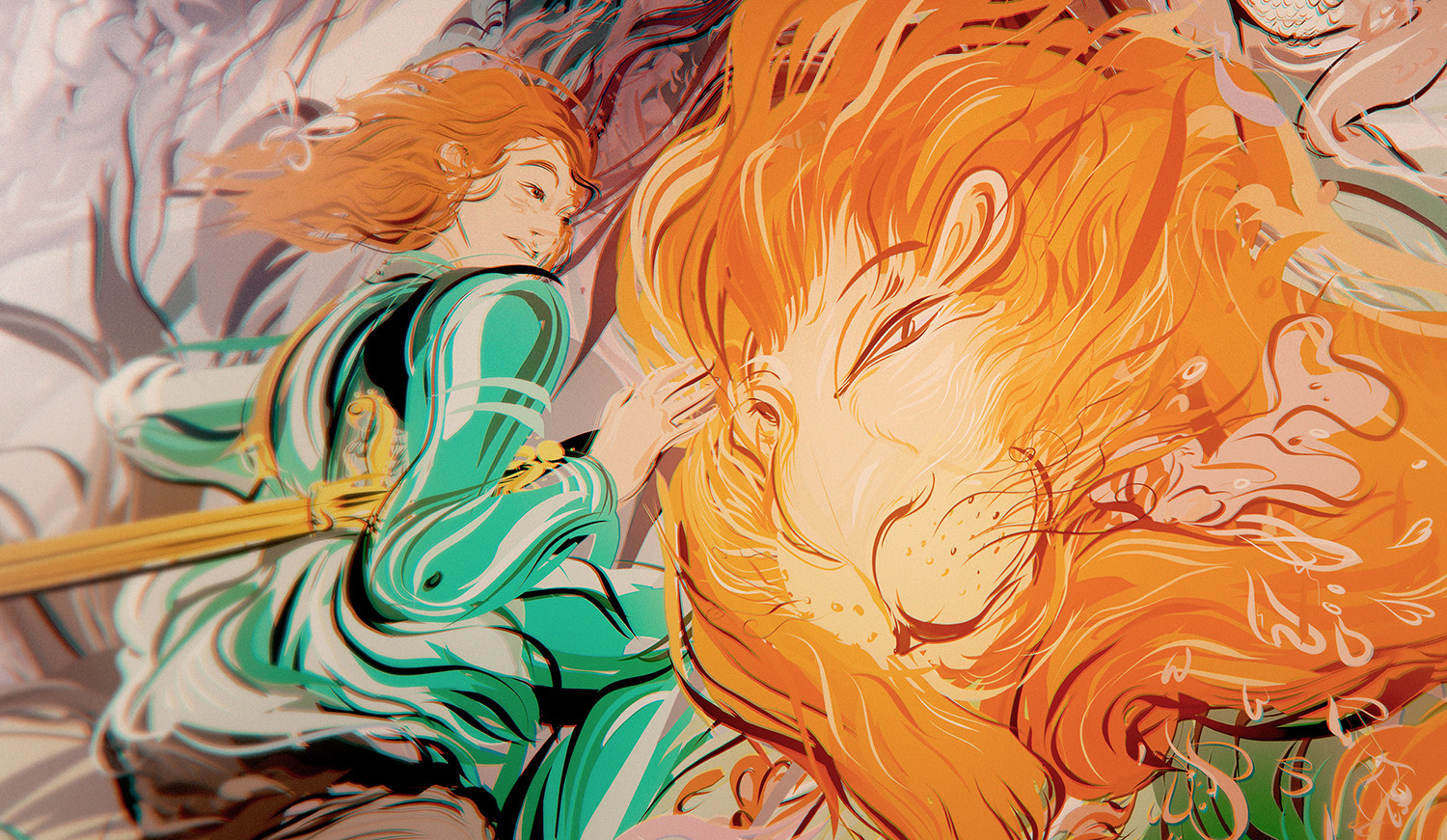
“Dear Angelica” brings fantasy to vibrant life.
Dear Angelica
Where “The Last Goodbye” aims to create empathy through realism, “Dear Angelica” does the same through dreamlike visuals and fantasy. It is the story of a young woman reminiscing about her mother, an actress, and reliving the time they spent together and the lessons she learned through her mother’s movies. The film begins as she lies in bed on the cusp of sleep, with the TV on at the other side of the room. Her narration begins, and strands of colour weave all around the viewer to create scenes from those movies.
The minimalist dialogue manages to imply a lot about the complicated relationship between mother and daughter. A certain weight and emotion is generated by the delivery of Mae Whitman and Geena Davis, who voice the pair.
The bright images and well-chosen audio paint a picture of adventure underscored by a sense of loss and desire. With fairly limited exposition, “Dear Angelica” tells a beautifully touching story.
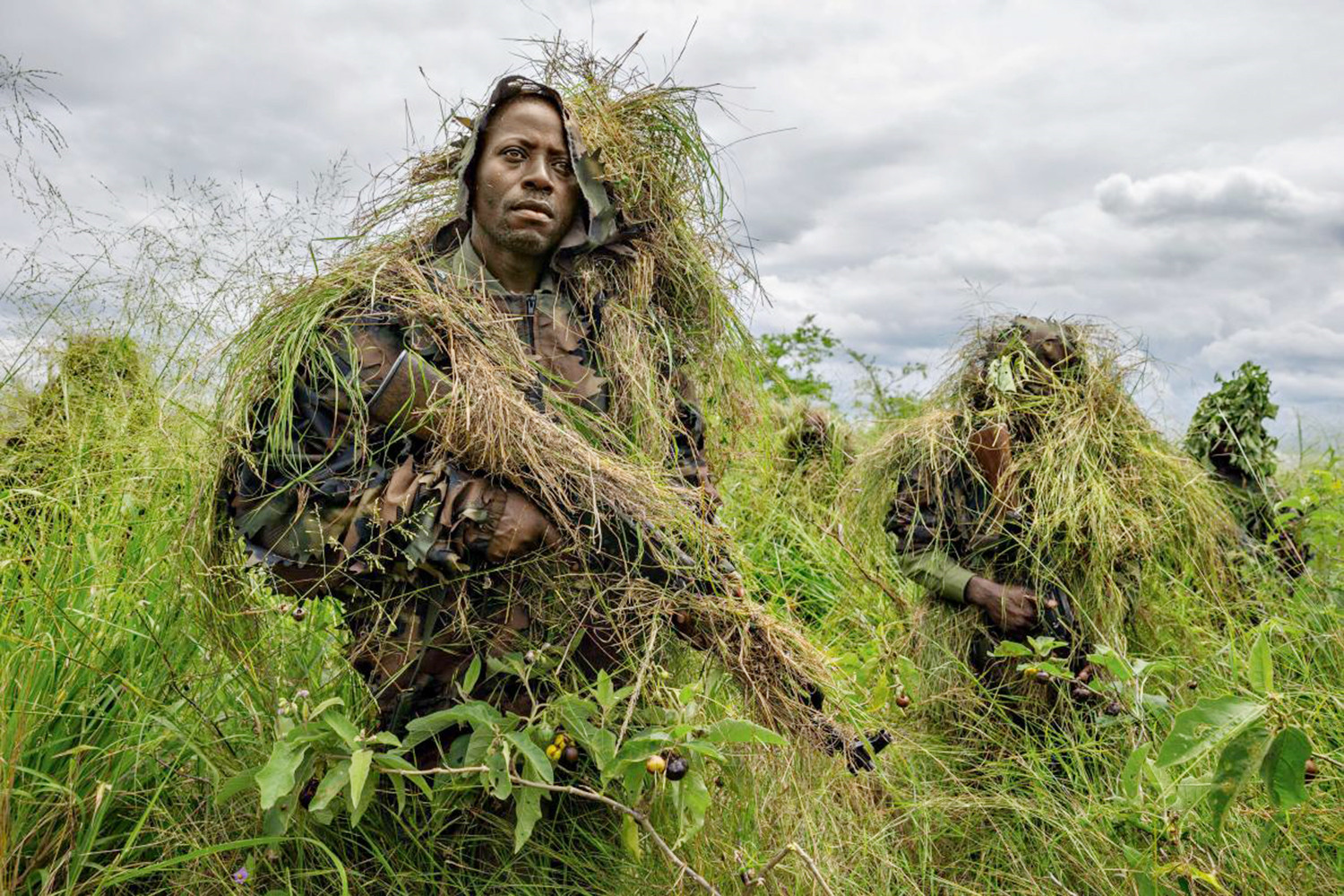
See a day in the lives of men responsible for guarding some of the last elephants in the Democratic Republic of the Congo.
The Protectors: Walk in the Rangers’ Shoes
Returning to realism on a broad scale, “The Protectors: Walk in the Rangers’ Shoes” gives a bug-on-the-wall view into an average day for park rangers responsible for protecting elephants in Garamba National Park. Directed by Academy Award winner Kathryn Bigelow in partnership with National Geographic, the film provides a unique look into the struggle of conservation.
There are fewer than 1300 elephants left in the park, down from 20 000 in the 1960s. The 140 some rangers are often the last thing between those elephants and the poachers seeking to butcher them, and members of their ranks have been killed in action as recently as April of 2017. The rangers interviewed in the film are each soberly aware of the risks they are taking, and of the importance of their task. The younger men are aware that on any given day they may not come home to their families. Another ranger, Tomasi, a twenty-year veteran of the service, carries the weight of what he has seen with him.
This documentary serves as a brief sample of those experiences, of the horror accompanied with mistaking a dead and half-dismembered elephant for a sleeping one. “The Protectors” takes a largely unknown conflict and makes it accessible to a global audience.
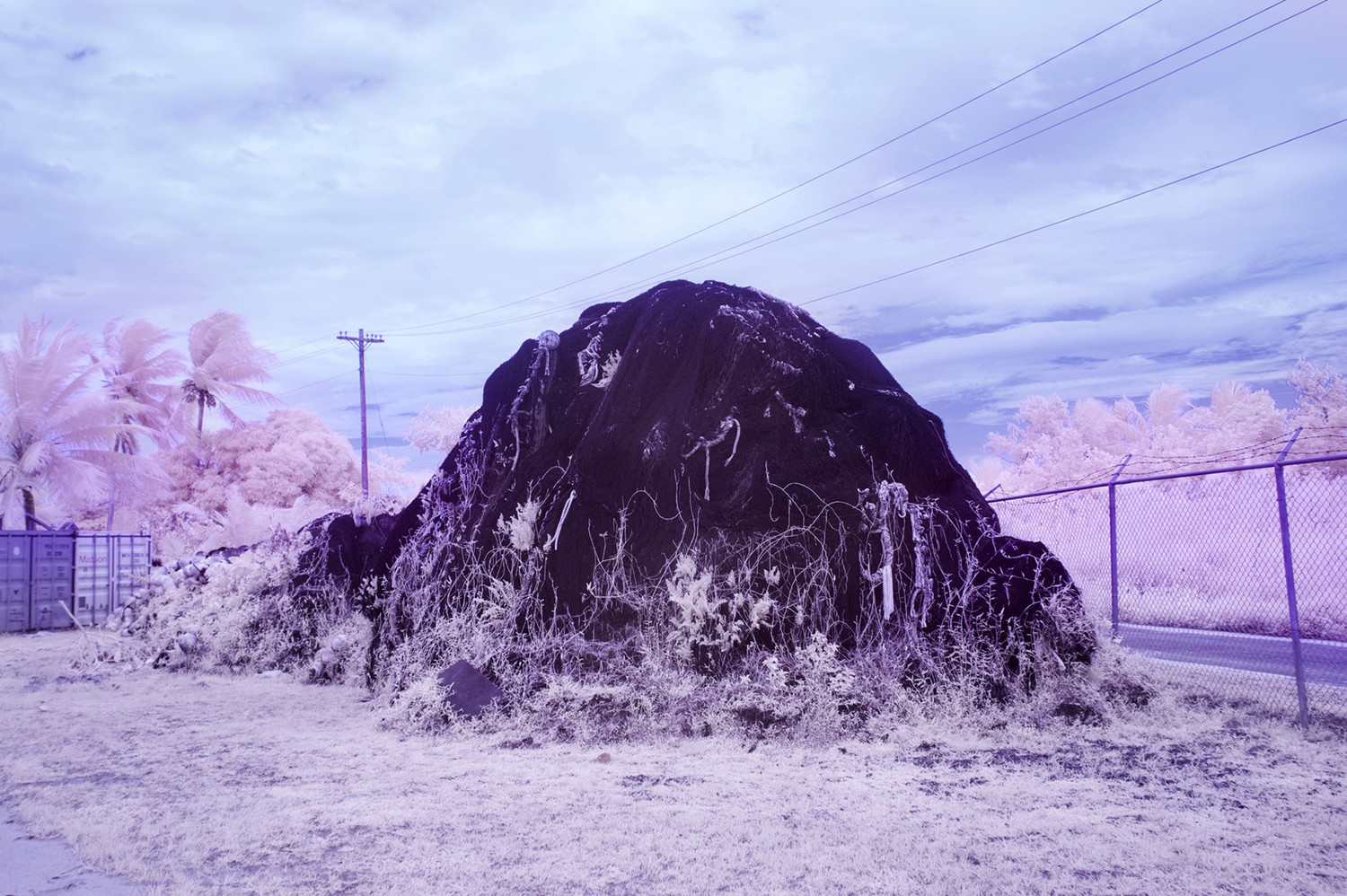
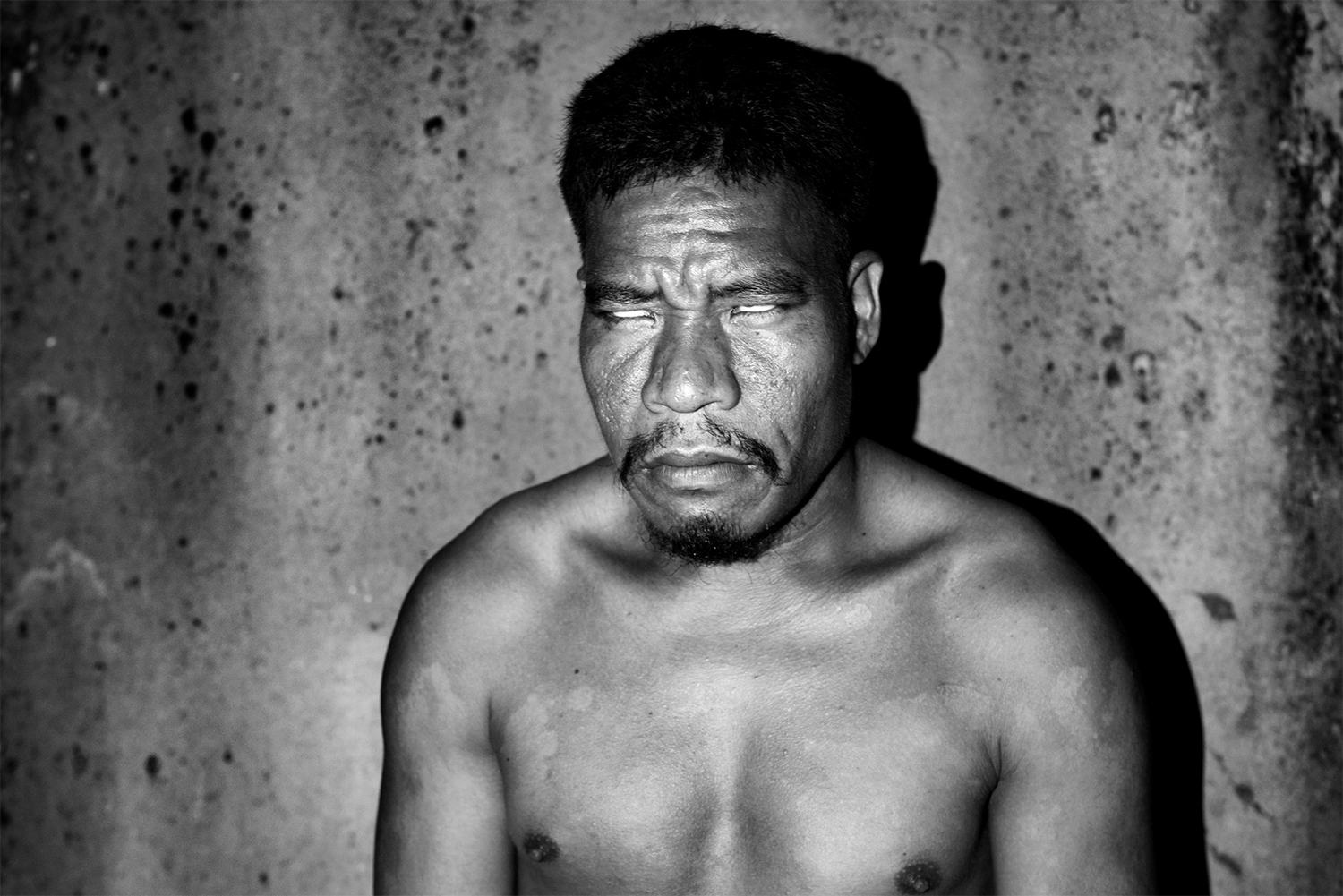
De Wilde’s photography gives new insight into what color blindness looks like.
The Island of the Colorblind
“The Island of the Colorblind” also provides a rare look into an isolated community. In the late eighteenth century a typhoon struck Pingelap, an atoll in the Federated States of Micronesia. One of the survivors carried the gene for achromatopsia, or color blindness, and he went on to father so many children that the gene spread amongst the isolated community.
Project creator Sanne de Wilde wants to give a glimpse into the way that these people see the world. By taking pictures from around the island with a camera programed to see in infrared, then asking acromats in the Netherlands to recolor the black and white pictures de Wilde gives a non-acromat audience a chance to see the world differently.
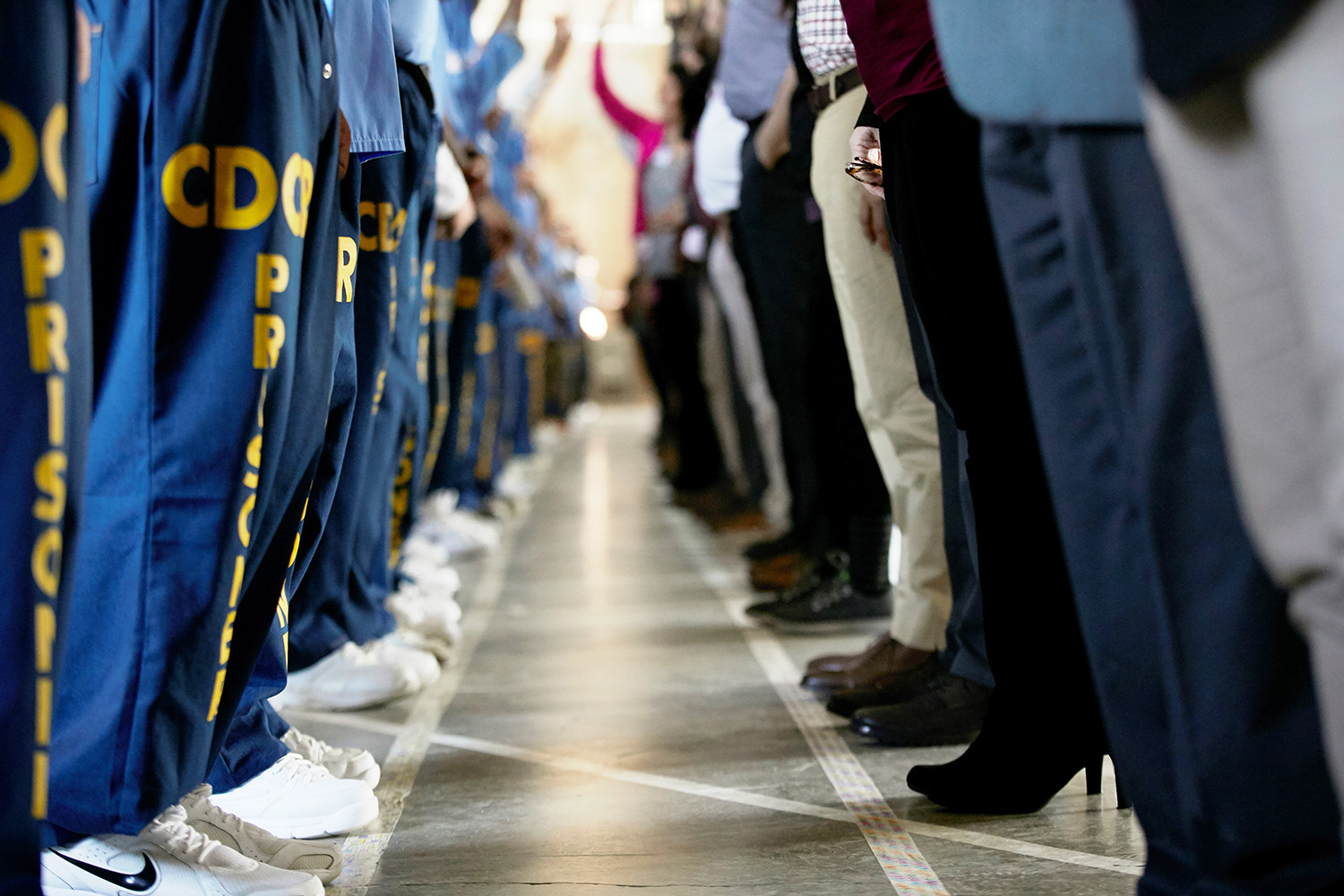
https://www.youtube.com/watch?v=aQM4yelE58o
“Step to the Line” gives a first-hand look at America’s broken prison system.
Step to the Line
“The Island of the Colorblind” provides a look into another world through photo-manipulation and long-distance travel. But Sometimes the most alien worlds are the ones located in the periphery of our vision. “Step to the Lines” draws attention to one such world.
Shot on location in a California maximum security prison, the documentary aims to provoke about the prison system and about the prisoners themselves. The film works to humanize people who have been incarcerated in a dehumanizing system, while also showing the jarring change for those who are released on it. While experiencing “Step to the Line” on the big screen is one thing, doing so through VR elevates the experience. The audience is able to look into the eyes of these men, and to feel the claustrophobic conditions that they are kept in.
Facebook founder Mark Zuckerberg promoted the project after meeting a former death row inmate on a year of travel. He wants to use VR to share his experience with others. On his personal Facebook post about the project, Zuckerberg wrote “one of the most powerful side effects of VR is empathy—the ability to understand other people better when you feel like you’re actually with them.”
Photos © respective film studios.
